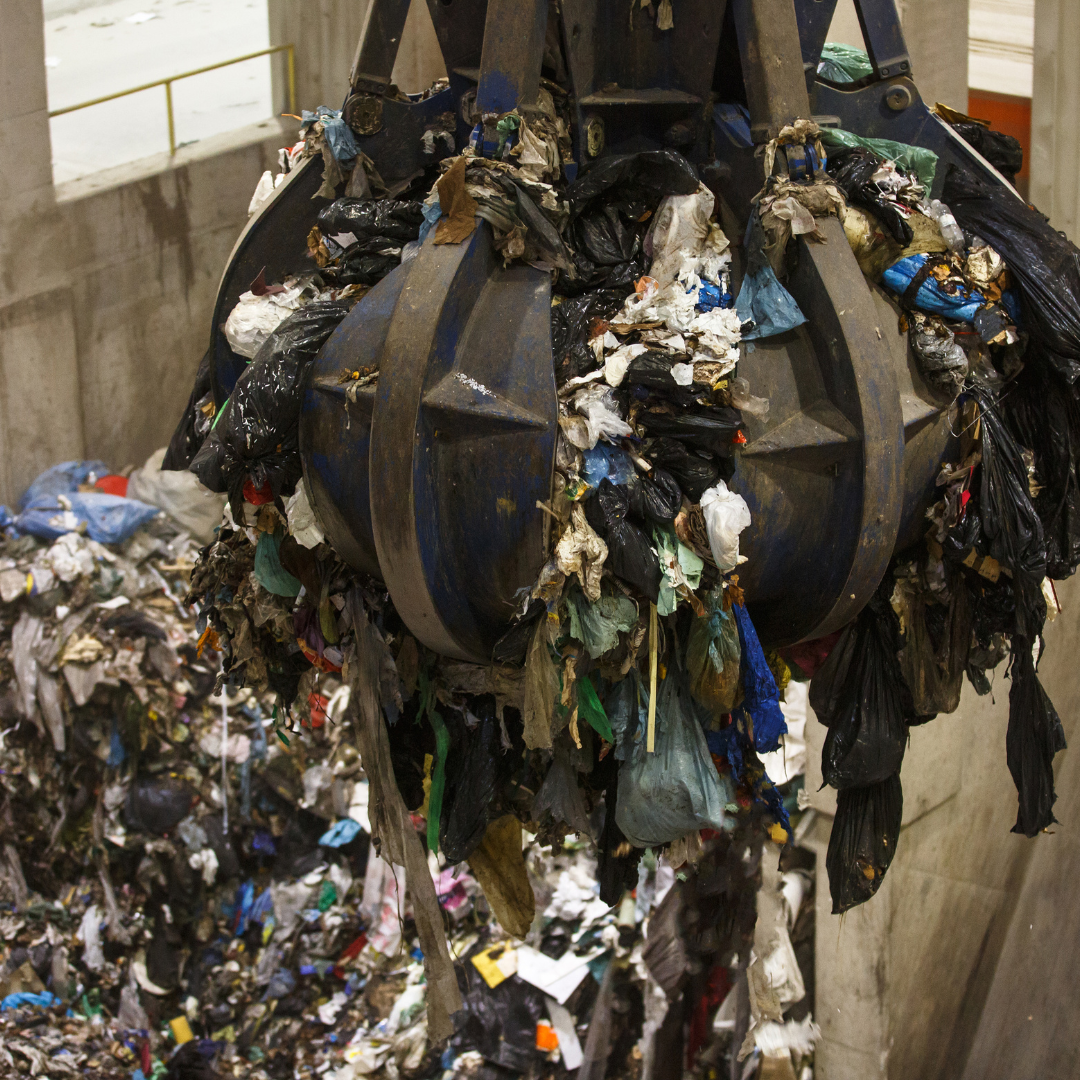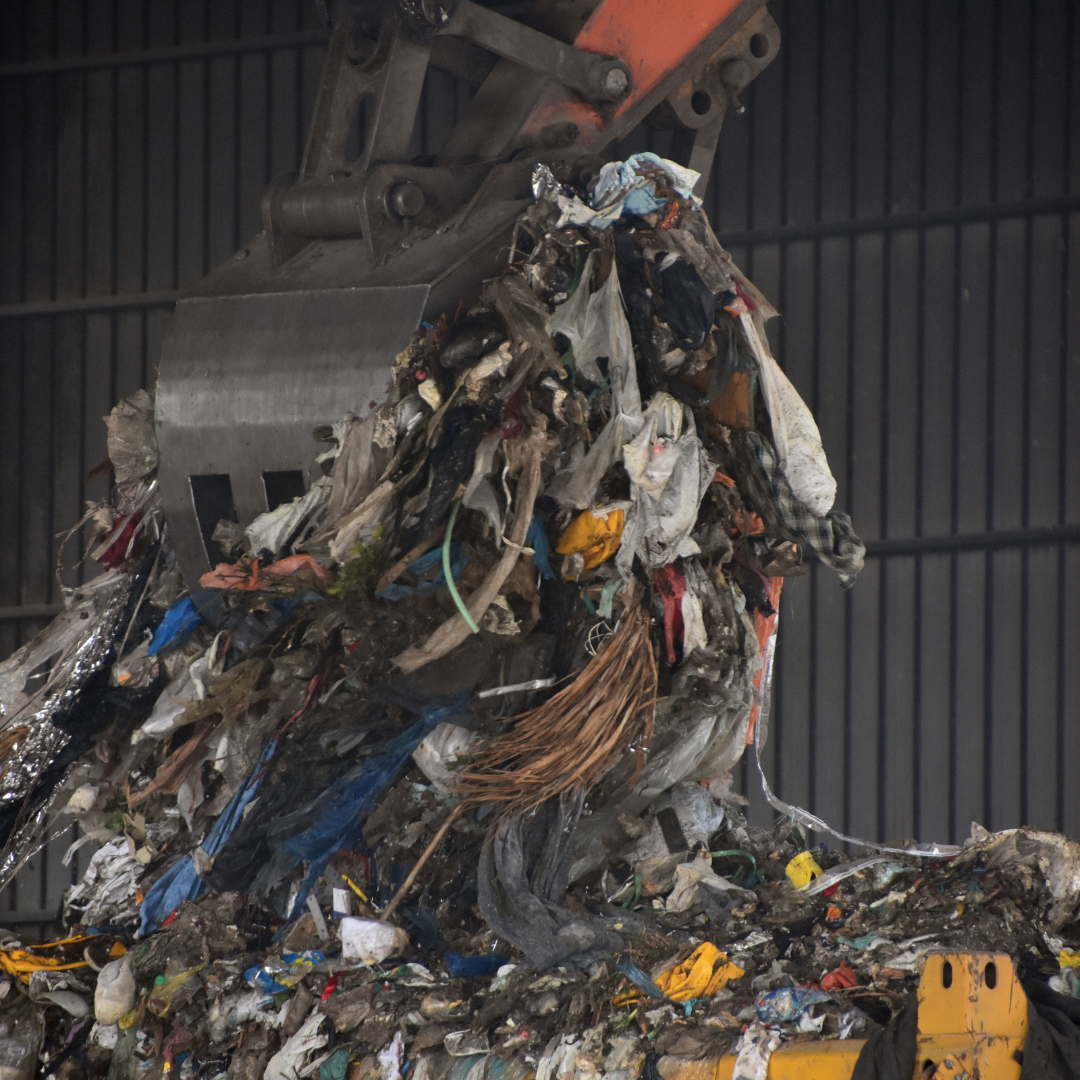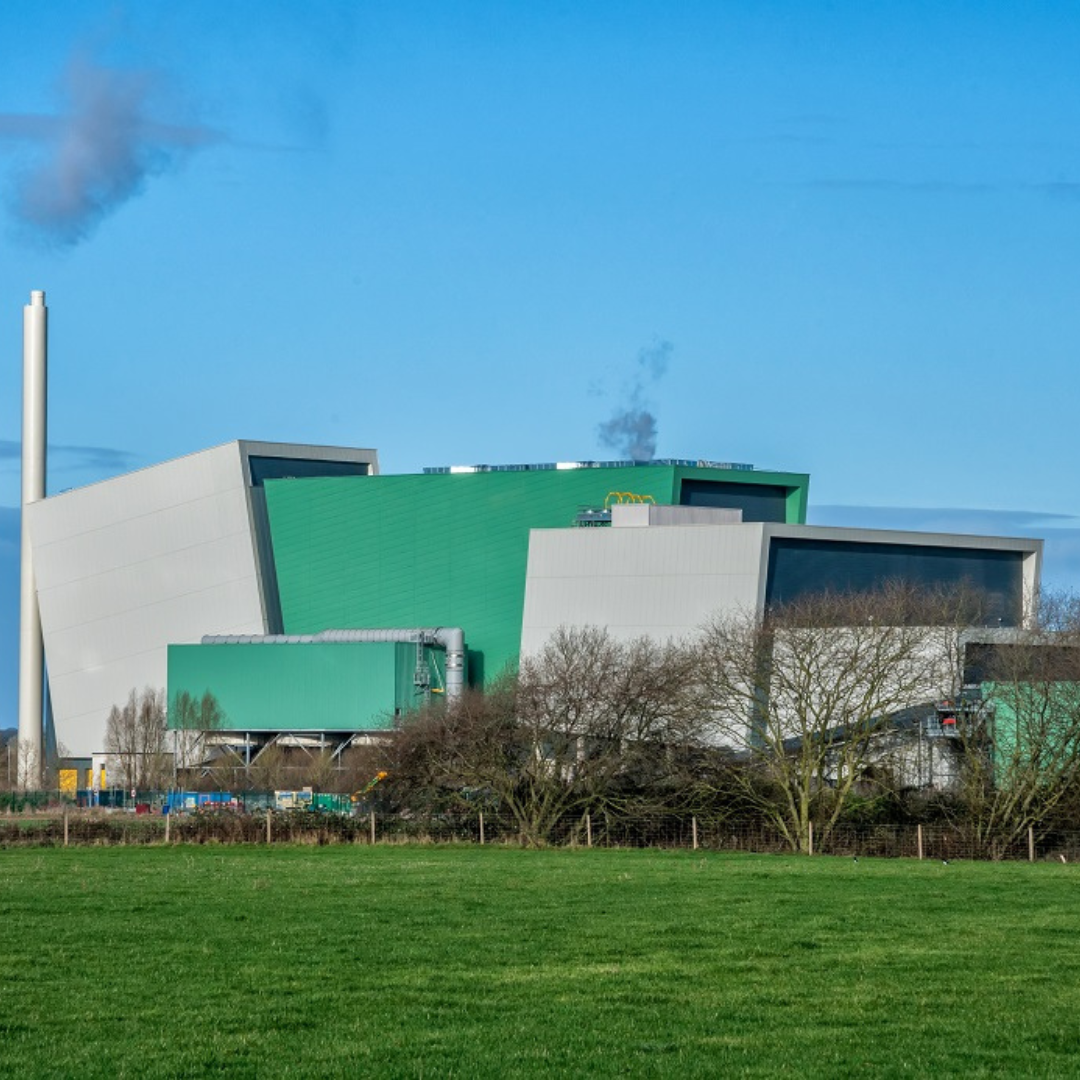Sectors
Energy from Waste
Waste-to-energy plants are facilities that transform waste into energy through thermal and chemical processes.
These plants convert Non-Recyclable Waste into energy, either in the form of electricity, steam or hot water for domestic or industrial use, and are the only real alternative to the massive use of waste landfills.
Is carried out through a controlled incineration system, in which waste is burned at high temperatures and converted into gases and ashes. These hot gases are used to produce steam which is responsible for driving the turbine to generate electricity.



- They contribute to the reduction of greenhouse gas emissions, as they avoid the emission of methane produced by landfills.
- They favour sustainable waste management, as waste that cannot be recycled or reused is used to generate energy instead of being sent to landfills.
- They improve energy security, as energy recovery from waste diversifies a country's energy matrix and reduces its dependence on imported fossil fuels.
In summary, waste-to-energy plants are a sustainable and renewable alternative for the production of electricity and thermal energy, contributing to sustainable waste management and environmental care.


